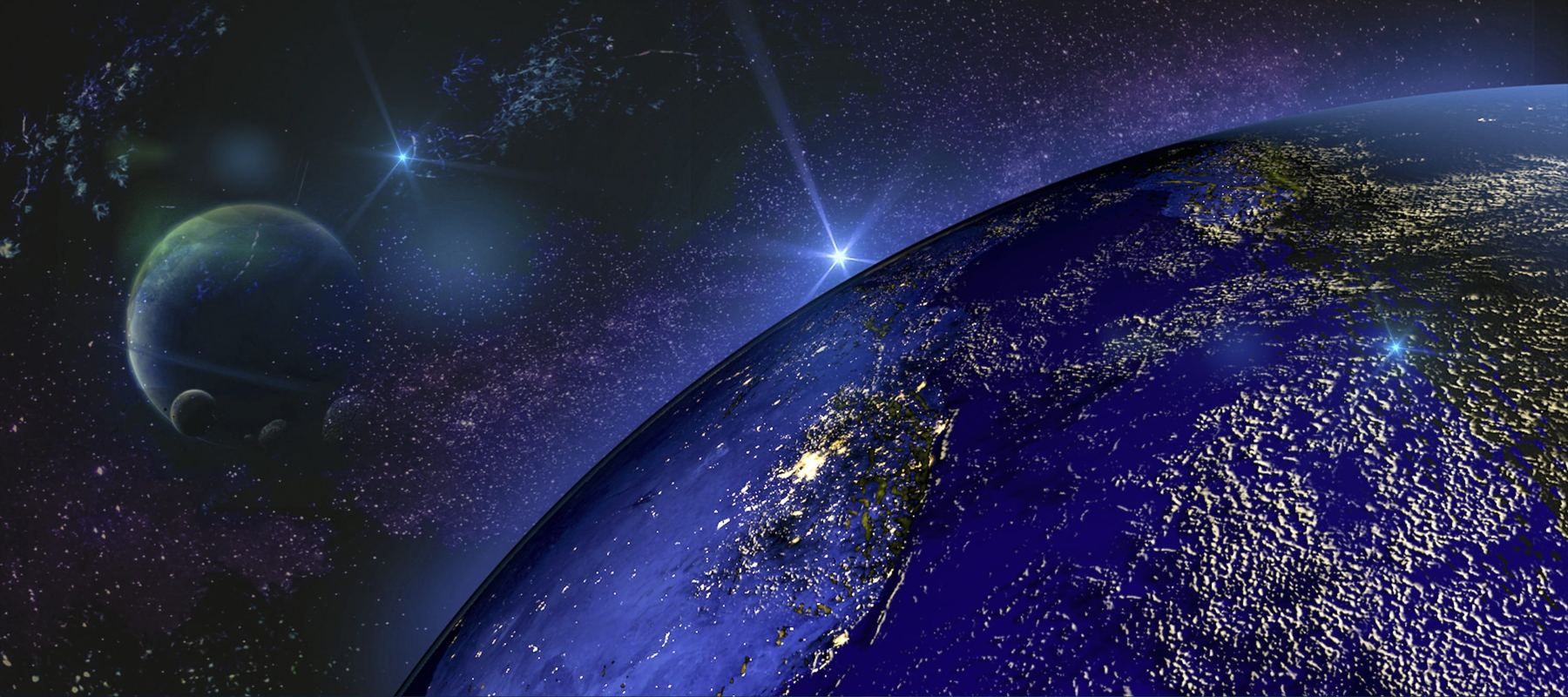In human history, there have been many conflicts between science and religion, the most notable of which is the trial of Galileo Galilei. This famous Italian scientist challenged religious beliefs of his time by saying that the Earth revolves around the Sun, a theory that contradicts the geocentric view espoused by the Catholic Church. In this article, we will explore the events that led to Galileo’s trial and analyze the repercussions of this conflict in the Middle Ages.
Historical context
To better understand Galileo’s trial, it is necessary to take into account the historical context in which it occurred. During the Middle Ages, The Catholic Church had absolute power over European society Its influence extended to all areas of life. Geocentric theory, based on the teachings of Aristotle and Ptolemy, holds that the Earth is the center of the universe and that all other celestial bodies revolve around it. This view was rooted in the belief that humanity held a special place in divine creation.
Galileo’s discoveries
Galileo was Galilei Italian astronomer, physicist and mathematician who revolutionized science In the seventeenth century. With the invention of the telescope, Galileo made a series of discoveries that directly contradicted the Church’s geocentric view. He observed the phases of Venus, the craters of the Moon and the moons of Jupiter, which is evidence that not all celestial bodies orbit the Earth. These observations supported Copernicus’ heliocentric theory, which states that the Earth and other planets revolve around the Sun.
Conflict with the church
When Galileo began publishing his discoveries, he quickly became a controversial figure. His theories directly challenged the authority of the church It threatened a worldview that had been established for centuries. In 1616, the Catholic Church included the works of Copernicus on the Index of Prohibited Books and warned Galileo to refrain from defending the heliocentric theory.
but, The scientist did not give up and continued to defend his ideas In his works such as “A Dialogue on the Two Greatest Regimes in the World.” This led to a trial that culminated in his trial in 1633. As a result, he was accused of heresy and ordered to recant his ideas. He will be sentenced to house arrest and banned from continuing to promote the heliocentric theory.
Antiquities and legacy
Galileo’s trial had important implications For both science and religion. On the one hand, it represented a milestone in the history of the struggle between scientific reason and religious authority. This character became a symbol of intellectual resistance, and his experience laid the foundations for the development of modern science. Their discoveries paved the way for new theories and revolutionized our understanding of the universe.
On the other hand, this process also demonstrated the power and influence of the Catholic Church in society at that time. Galileo’s condemnation reaffirmed the Church’s position as the highest moral and religious authority, and set limits to scientific research that conflicted with religious teachings.





